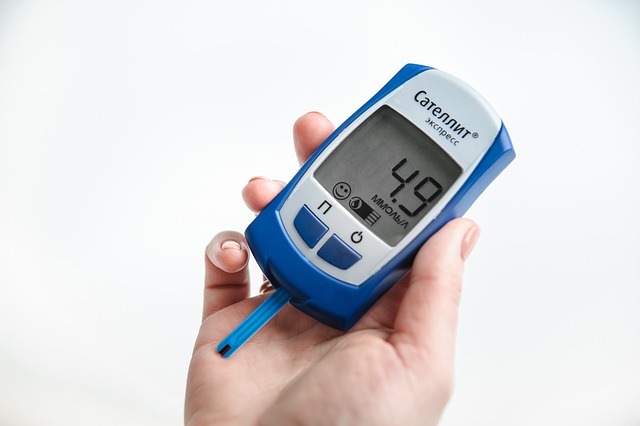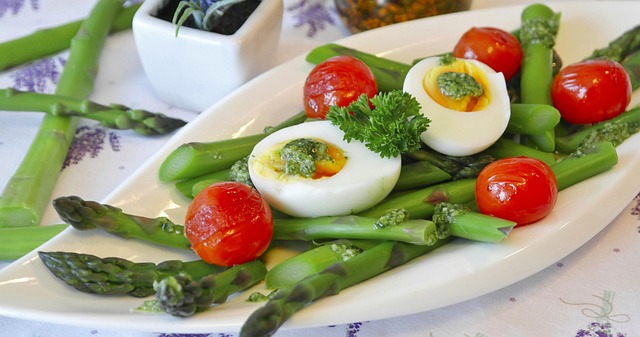Heart health is common in the news, and that is a good thing. The media coverage can increase awareness of this leading cause of death among Americans, and it can shed light on ways to lower your risk.
Take eating, for example. Your weight and what you eat can affect risk for heart attack and stroke, along with risk factors such as cholesterol, blood pressure, and chronic inflammation. During Heart Health Week in the Lark DPP, the check-ins mention a few dietary factors, such as fiber and types of fat. There are many others, and the plethora can cloud your thinking when planning meals. These are some tips to make it easier to build healthy meals.
Food Groups
These are the nutrient-rich categories of food that may be in most of your meals.
- Build on vegetables. Non-starchy vegetables should be the foundation of most meals and many snacks. Green salads, raw vegetables for dipping, cooked vegetables as side dishes, and vegetables cooked into soups, sauces, casseroles, and stews are all
- Pick a protein. Eggs, tofu, beans, lentils, chicken, fish, reduced-fat milk, cheese, and yogurt, and nuts are all good choices...take your pick!
- Count a few carbs. Whole grains, such as whole-wheat bread, and whole-grain cereal and pasta, brown rice, or starchy vegetables, such as sweet potatoes, winter squash, and peas, are high-fiber, high-antioxidant choices. So is fresh or unsweetened frozen fruit, such as berries, apples, pears, peaches, and melon.
- Finish with fat. Whether used in cooking or added at the end, nuts, olive oil, avocados, flaxseed, and peanut butter are all heart-healthy options.
More Tips
- Know portion sizes. Non-starchy vegetables can be nearly unlimited, but keeping the other food groups in check can help with weight control and heart health. Serving sizes are about:
- Cooked starches, such as pasta, rice, beans, or sweet potatoes: 1/2 cup
- Bread: 1 slice
- Beans: 1/2 cup
- Fresh fruit: 3/4 cup
- Nuts: 1 ounce
- Cheese: 1 ounce
- Milk or yogurt: 1 cup
- Chicken, beef, or fish: 3 ounces
- Consider easy swaps. A meal can quickly go from heart-harmful to heart-healthy with easy swaps such as whole-grain pasta for regular, fish instead of steak with butter, a green salad instead of a baked potato, and fruit instead of ice cream. These are some guidelines for swapping.
- Choose whole grains instead of refined.
- Try non-starchy vegetables instead of potatoes or pasta as a side dish.
- Enjoy fruit instead of sugary foods for dessert.
- Cook with olive oil instead of butter.
- Try fish, tofu, and chicken instead of fatty meat.
- Enjoy your meal. Can you believe that enjoying your meal is good for your health? Eat slowly, enjoy the peace and quiet (if you are alone) or company, and create a pleasant environment.
- Go with your gut. Your instinct may tell you that bacon and ice cream are not the healthiest foods for your heart, even if you do not know exactly why. It is smart to limit fried foods, fatty meats, and sugary and starchy foods, and when in doubt, just choose the foods you know are more nutritious.
Try This: Up the Heart-Health Factor
Are you ready to try your hand at increase the heart health factor of a few meals? Here is a sample menu!
Healthy eating can be simple, but some support can always help! Lark DPP is right there to help, offering reminders, encouragement, and suggestions for ways to make healthy changes next time if you want. Heart-healthy choices can become habits as you make changes that work well with your lifestyle and keep practicing those changes over time. You will also be helping out your blood sugar as you make heart-healthy choices!











.webp)







